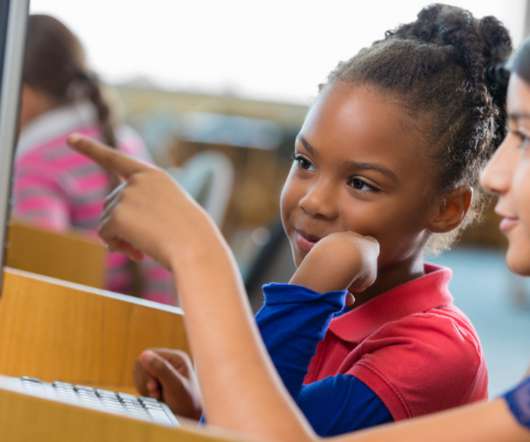Can Technology in the Classroom Replace Expensive Textbooks
Kitaboo on EdTech
JUNE 13, 2019
After all, textbooks are a must in classrooms. Smartphones, tablets, and laptops had become a permanent requirement along with using technology in the classrooms by this time. But these are secondary causes. Post the recession, states cut inflation-adjusted spending on K–12 education by approximately 4% between 2008 and 2013.























Let's personalize your content